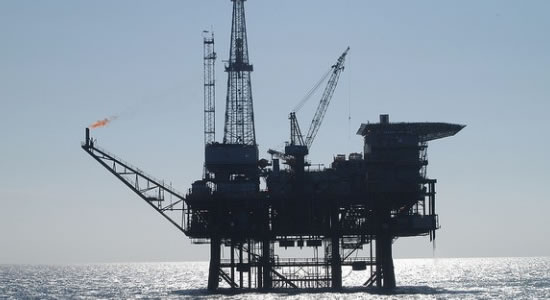Emerging developments on Tuesday, 23 April 2019 has it that, the global oil market will continue to record an upward shift in the price of the product in the subsequent months of the year 2019. This was glaring on Tuesday, 23 April 2019 after Washington announced that all Iran sanction waivers would end up by the month of May 2019 hence, pressuring importers to stop buying from Tehran.
However, despite the move by the Trump led US Government, analysts upheld that the global oil markets would be able to cope with the Iran disruption as there was enough spare capacity from other oil-producing countries who will fill in the deficit from Iran.
Also, Brent crude futures were at 74.58 USD per barrel at 0628 GMT, up 0.7 percent from their last close and their highest level of appreciation at the global market since the month of November 2018.
Additionally, the US West Texas Intermediate (WTI) crude futures marked their strongest since Oct. 2018 at 65.10 dollars per barrel, up 0.8 percent from their previous settlement. This was likely propelled by the US decision on Monday, 22 April 2019 demanding buyers of Iranian oil to stop purchases by 1st May 2019 or face sanctions.
This development marks the end of the six months of waivers which allowed Iran’s eight biggest buyers, most of them in Asia, to continue importing limited volumes.
According to ship tracking and analyst data in Refinitiv; a global provider of financial markets data and infrastructure with its headquarters in London, UK and New York city in the USA, before the re-imposition of sanctions last year, 2108, Iran was the fourth-largest producer among the Organization of the Petroleum Exporting Countries (OPEC) at around 3 million barrels per day, but April 2019 exports have shrunk to below 1 million barrels per day.
Furthermore, the US Government has repeatedly disclosed that, in this 2019, it wants to cut Iran’s oil exports below 1 million barrels per day or even to zero, and that new action would be taken by May 2019.
More so, many analysts expected Washington to show more tolerance towards importers most exposed to Iran. Barclays bank informed that the announcement of the US's decision took many market participants by surprise and that the move would lead to a significant tightening of oil markets.
Similarly, the British bank added that Washington’s target to cut Iran oil exports to zero posed a material upside risk to its current 70 dollars per barrel average price forecast for Brent this year, 2019 in comparison with the year-to-date average of 65 dollars per barrel.
Again, the move to increase pressure on Iran came amid other sanctions Washington has placed on Venezuela’s oil exports, and also as producer club OPEC has led supply cuts since the start of the year 2019 aimed at tightening global oil markets and propping up crude oil prices.
According to Ellen Wald, a non-resident senior fellow at the Global Energy Center of the Atlantic Council, the United States seem to expect Saudi Arabia and the United Arab Emirates to augment the shortfall from the Iranian oil. Even though, analyst opined that this is not necessarily the way Saudi Arabia, the largest crude-producing country perceived the development or plan to tackle the situation.
Worthy of note, Saudi Arabia doubled as the world’s biggest exporter of crude oil and OPEC’s de-facto leader. The group is set to meet in June 2019 to discuss its output policy. Analysts at Bernstein Energy are of the view that on 23, April 2019 that Saudi can make up for the shortfall from Iran, although it added that this would push production back to record levels of around 10.5 million barrels per day, up from 9.8 million barrels per day currently.




















